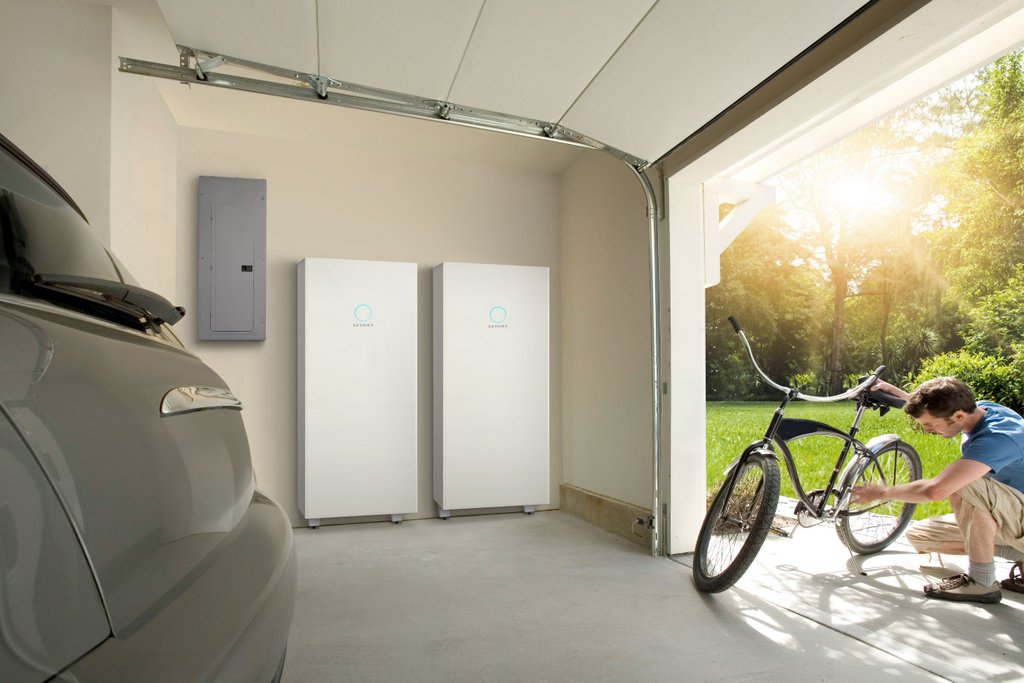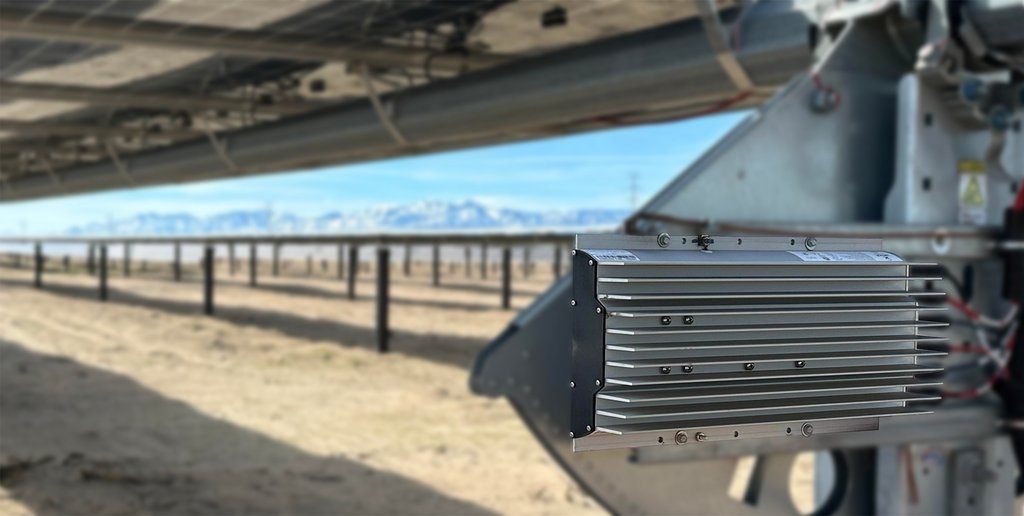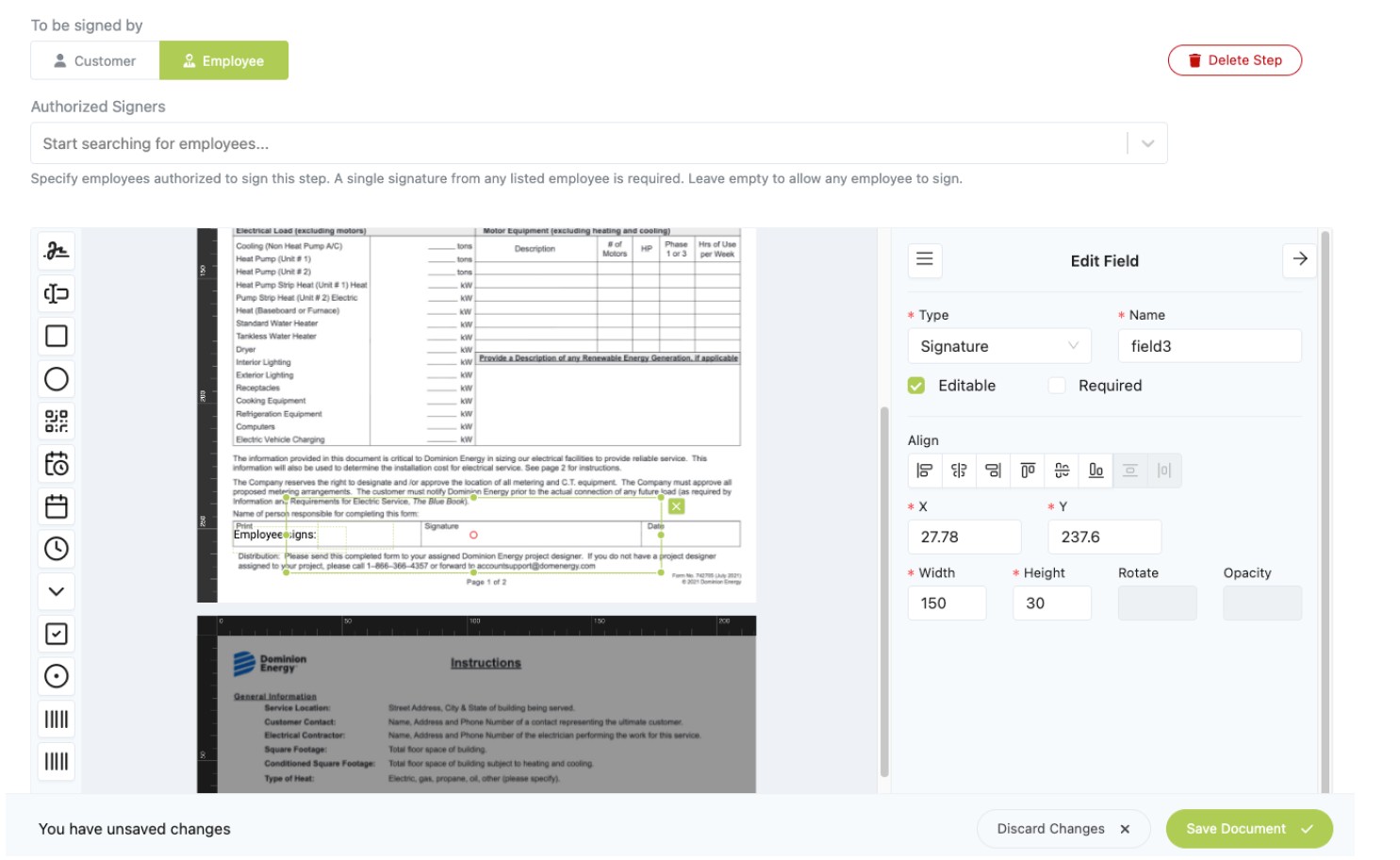Federal tax credits or not, 195 GW of queued solar projects could still pencil, says Enverus

The potential rollback of clean energy tax credits has spurred plenty of anxiety across the solar and storage sector. How many projects in the interconnection queue could still go forward without the tax credits? A new analysis from Enverus Intelligence Research (EIR) suggests there’s a path forward for 284 GWs of solar and wind projects sitting in today’s interconnection queue.
These are projects with a before-tax levelized cost of energy (LCOE) that is lower than their market’s average 7-year forward power price plus renewable energy certificates (RECs).
“As of May, 70% of solar capacity and 44% of onshore wind capacity is dependent on tax credits to achieve LCOEs at or below the cost of purchasing merchant power plus RECs,” said Corianna Mah, analyst at EIR.
The remaining 30% of solar projects translates to 195 GW of queued solar that is viable independent of tax credits.
Evaluating solar projects in the queue
Enverus’ team evaluated the economics of every project in the interconnection queue by comparing their before-tax and after-tax LCOEs against average forward power prices, and average forward power prices plus average forward REC prices.
Mah explained the methodology like this: “Projects that have a before-tax LCOE that is lower than the 7-year forward price (as of May) are the most competitive. This means these projects are viable even without the extra boost from RECs and tax credits.”
For context, if all 284 GW independent of tax credits could move forward, assuming 2024’s development pace, where 45 GW of solar PV and onshore wind came online, this is roughly six years’ worth of development.
Project viability varies by region
However, this viability isn’t spread evenly across the country. “The distribution of queued capacity is not the same in every market,” Mah said. “Some markets have more attractive power prices, and some have better quality solar resources (which result in stronger capacity factors).”
PJM showed the highest absolute queued solar capacity independent of federal incentives — but that doesn’t tell the full story because of just how much is in PJM’s interconnection queue. “Even though PJM currently has the highest absolute capacity that is independent of credits across markets, this is only about 21% of PJM’s total queued solar capacity,” she noted.
CAISO, on the other hand, “is the least dependent on tax incentives for solar — less than 2% of CAISO’s queued solar capacity relies on those credits,” Mah said. “CAISO is still one of the most attractive markets for solar development because the power prices plus the REC prices in that market are so much higher.”
The fact that 284 GW would sustain a six-year build out at our current pace is good context. But many of these viable projects are not in the quickest interconnection queues.
“Interconnection queues are always changing,” Mah said. “There are a lot of different factors that impact queue success rates and they differ by market. Some markets, like ERCOT, are historically more efficient at bringing renewable projects online than, say, CAISO.”
What about the rest?
For the projects in the queue that Enverus determined are not economically viable without federal tax credits, could they be viable with a different design or pricing approach?
“Projects that rely on tax credits can move forward, but this just means they may need to sign higher priced power purchase agreements,” Mah said.
“Another thing that developers might be considering is revenue stacking opportunities,” she continues. “For solar, that might mean colocation with storage and load to add more value across multiple technologies and to capitalize on highest contract values.”
The role of smarter design
Mah emphasized that smarter project development — especially early in the process — is crucial. Enverus has a suite of products for developers, such as PRISM and RatedPower, geospatial project siting tools that let stakeholders quickly identify the most promising locations for projects.
“Smarter site selection helps,” Mah says. “Understanding buildable acreage, project queues, LMPs, and having earlier visibility into network upgrade costs will help developers form a more comprehensive view, and enable them to iteratively design for optimal LCOE.”
Bottom line: There’s a new bottom line
While there may be a slowdown for solar and onshore wind should tax credits be repealed, wind and solar are still among technologies with the shortest development timelines, and these projects are still needed, amidst new load growth. These projects will likely require higher PPA prices for economics to pencil out.





Comments are closed here.